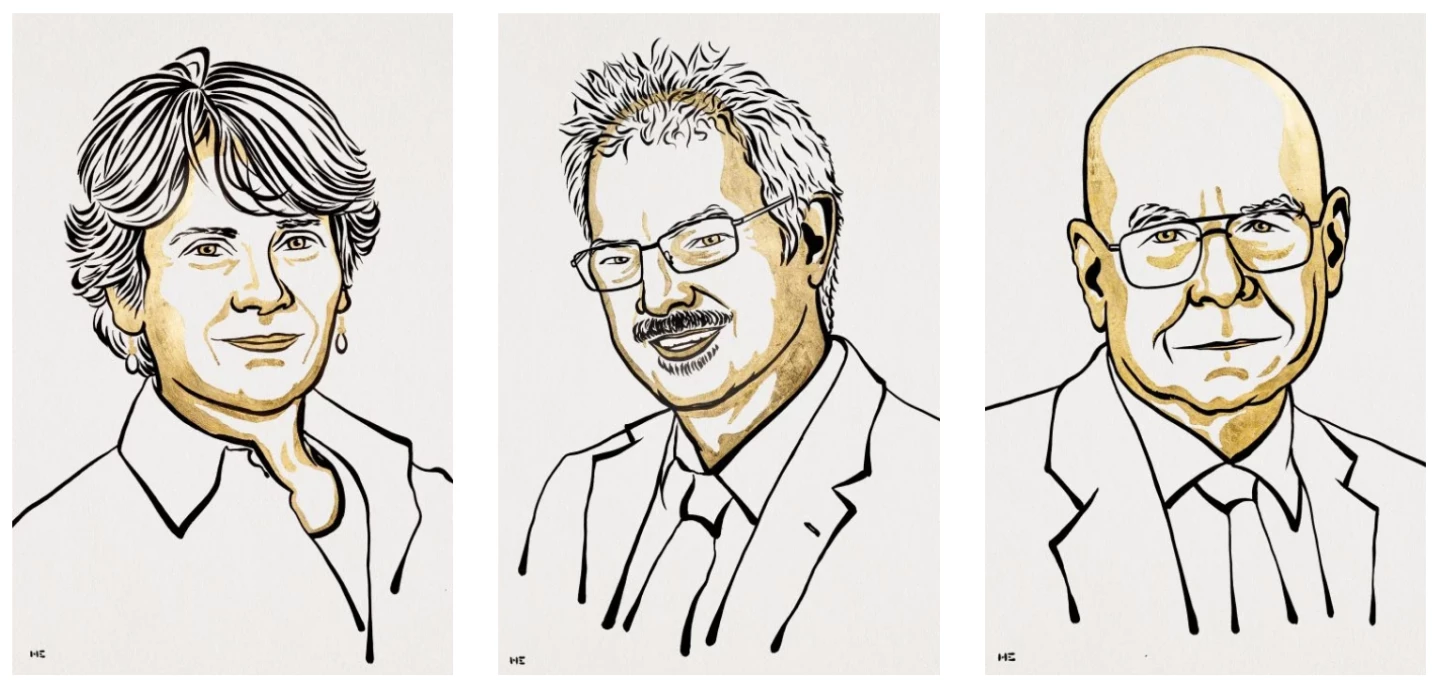The Nobel Prize in Chemistry 2022 has been awarded to a trio of scientists for their work in pioneering a form of chemistry that enabled molecular building blocks to snap together like Lego. Called “click chemistry,” the technology has laid the groundwork for key advances in medical science, and has the potential to extend far beyond.
Click chemistry stems from the work of Barry Sharpless from the Scripps Research Institute, who came up with the concept around the year 2000 in search of a simpler way of building molecules. Traditionally, this is tricky business that involves strings of incredibly complex chemical reactions and environmentally damaging solvents, but Sharpless came up with a way of simply and reliably snapping molecules together in water instead.
This was demonstrated in a landmark experiment with Morten Meldal from the University of Copenhagen in 2008, in which two chemicals, azides and alkynes, were fashioned into one stable product with the help of copper, without creating unwanted byproducts. This particular chemical reaction now serves as the backbone for research into pharmaceuticals, DNA mapping, and new materials.

In her biochemistry work at Stanford University, Carolyn R. Bertozzi from Stanford University was able to take click chemistry into new terrain. She was able to show that click reactions could be deployed inside living cells to map elusive biomolecules within, without disrupting the cell. Known as bioorthogonal chemistry, this technique is now used to study cells and biological processes, uncovering the machinations of tumor cells in response to the immune system and improving targeted radiotherapy for cancer.
“This year’s Prize in Chemistry deals with not overcomplicating matters, instead working with what is easy and simple,” said Johan Åqvist, Chair of the Nobel Committee for Chemistry. “Functional molecules can be built even by taking a straightforward route.”
Source: Nobel Prize.org, The Conversation





